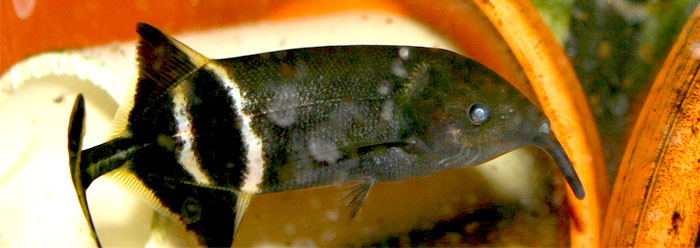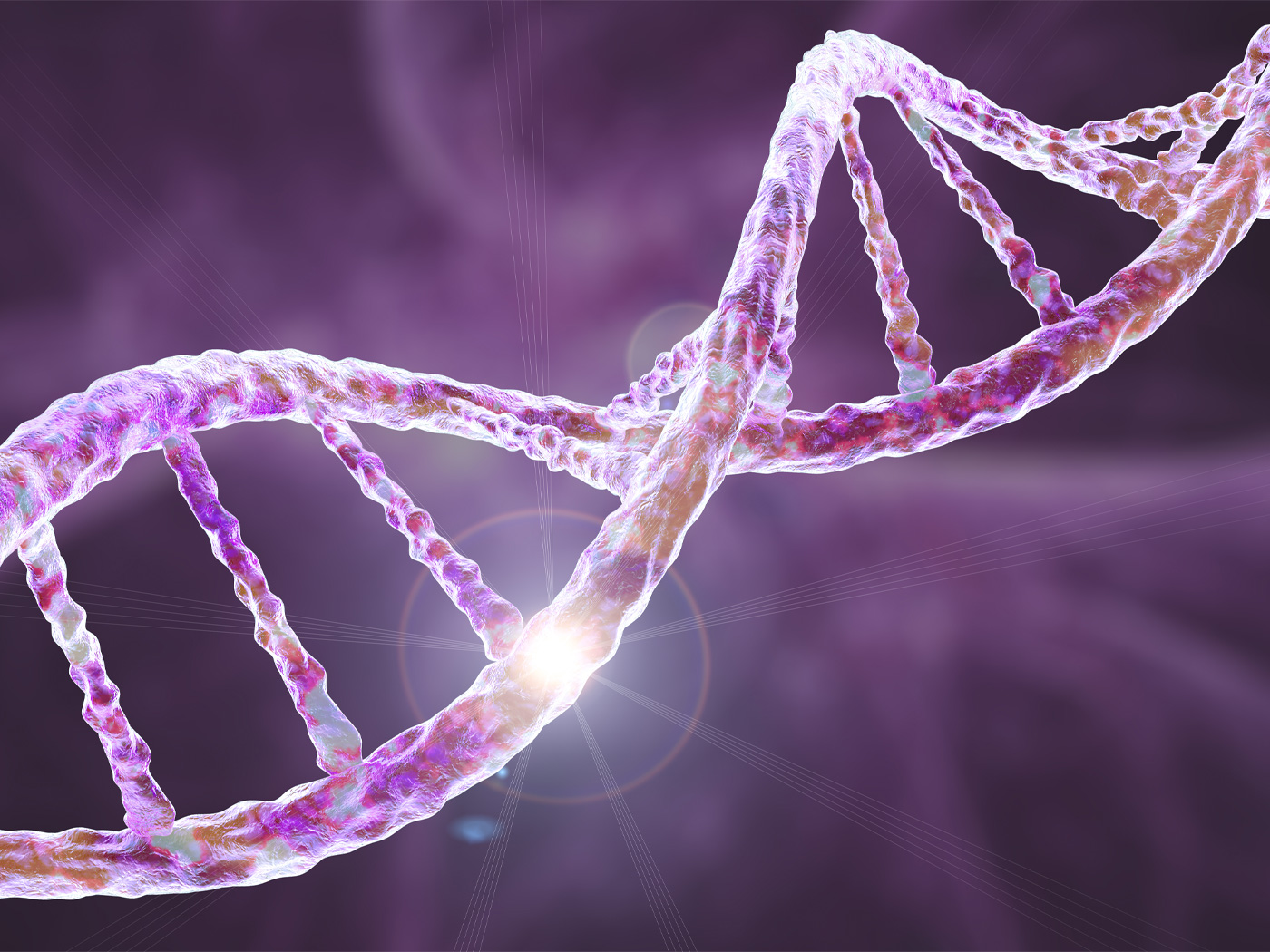A recent narrative-style article in Smithsonian magazine highlighted research in the largely unexplored Congo River in central Africa, where researchers have identified new fish species. The researchers preliminarily confirmed that strong currents in deep waters had isolated the breeding populations of certain fishes, including the bottom-feeding elephant fish. As a result, the elephant fishes showed variations in their snout sizes, which was taken as evidence of evolution. But is Darwinian evolution the only way to explain this variation?
While mapping the underwater characteristics, the researchers found an underwater waterfall flowing at 40 feet per second down into a 640-foot trench. They suspected that these water flows isolated certain populations of fish and kept them from interbreeding. According to the Smithsonian article, the elephant fish observations showed that “the evolutionary adaptations are apparent. Each individual was caught in a different location, and each snout is specialized to the character of the river floor in which it fed. Long and thin snouts allow fish to probe for food in deep and small-grained gravel; short and fat snouts allow them to feed on algae-caked bedrock.”1
Melani Stiassny of the American Museum of Natural History in New York referred to these as “Darwin’s fishes”1 in an apparent play on “Darwin’s finches,” which have been longstanding icons for evolution. These birds live on the Galapagos Islands, and their different beak shapes are now known to fluctuate back and forth depending on the climate, which affects their food sources.2 But since these beak changes reverse, sometimes in only one generation, no evolutionary “improvement” has occurred. They are just subtle variations in specific traits that let the birds exploit certain niches for food and survival, and are thus irrelevant to a larger picture of molecules-to man evolution.
With both finches and the elephant fish, the actual biological mechanisms that produce the variations have nothing to do with theoretical mechanisms involved in producing totally different, brand new creatures or features.
Elephant fishes also possess an intriguing electric organ that they use to generate electric fields to help them navigate and detect prey under the murky river bottom—a process known as electrolocation. Some South American fishes, including the black ghost knifefish and the “electric eel” (which is not an eel, but a freshwater knifefish), also have electric organs that operate in the same way, even though they are on the other side of the world. Although they share this ability, these fishes have very different body forms and are not suspected by evolutionists to have shared recent ancestry. Thus, evolutionists are forced by their paradigm, not by the evidence, to insist that this ability evolved multiple times.
In electrolocation, there is “a specialized electric organ in their tail which discharges electrical pulses.” Its intricacies deserve attention. “Each discharge builds up an electrical field around the fish, which is sensed by cutaneous electroreceptor organs that are distributed over most of the body surface of the fish. Nearby objects distort this electrical field and cause a local alteration in current flow in those electroreceptors that are closest to the object. By constantly monitoring the responses of its electroreceptor organs, a fish can “detect, localize, and identify environmental objects.”3 The integrated features for electrolocation are so ingeniously constructed that researchers plan to mimic its capabilities.
Finding electrolocation in various unrelated life forms, including the platypus, would be expected if creatures were purposefully outfitted to live successfully in particular habitats. It can be concluded that the currents in the Congo affected certain re-programmable variations within the elephant fish and other fishes, like cichlids.4 However, it takes a great—and unfounded—faith in nature to maintain that such subtle variations have anything to do with ultimate origins, or that remarkably specified sensory organs emerged “naturally” at multiple times and in different organisms.
References
- Dickman, K. Evolution in the Deepest River in the World. Smithsonian. Published on Smithsonian.com, November 3, 2009, accessed November 10, 2009.
- Morris, J. 1994. Does ‘The Beak of the Finch’ Prove Darwin Was Right? Acts & Facts. 23 (12).
- Von der Emde, G. 2007. Biomimetic Sensors: Active Electrolocation of Weakly Electric Fish as a Model for Active Sensing in Technical Systems. Journal of Bionic Engineering. 4 (2): 85-90.
- Thomas, B. Cichlid Coloration Corroborates Creation. ICR News. Posted on icr.org October 16, 2008, accessed November 18, 2009.
* Mr. Thomas is Science Writer at the Institute for Creation Research.
Article posted on November 24, 2009.




















